Wondering how to advertise successfully on Facebook? Want to avoid wasting money and time when you test your Facebook ads?
To explore how to create Facebook ads that work for all budgets, I interview Tara Zirker on the Social Media Marketing Podcast.
Tara is a Facebook ads expert and founder of the Successful Ads Club, a membership site designed for marketers who want to improve their Facebook and Instagram ads performance.
Tara explains why testing Facebook ads is key to success, and shares the methodology she uses to test and develop successful Facebook ad campaigns.
Listen to the Podcast Now
This article is sourced from the Social Media Marketing Podcast, a top marketing podcast. Listen or subscribe below.
Where to subscribe: Apple Podcasts | Spotify | YouTube Music | YouTube | Amazon Music | RSS
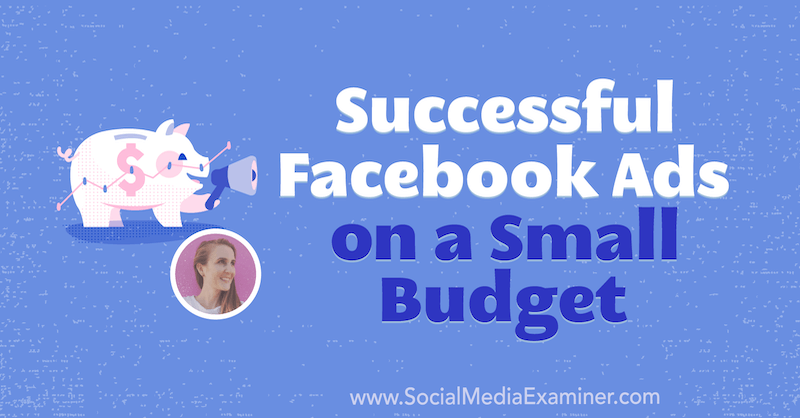
Creating Facebook Ads on a Budget
About 7 years ago, the CEO of a startup reached out to Tara's agency for social media services. He really wanted to focus on paid ads. This was a change for Tara; she had been focused mainly on organic social. Tara dug through all of the tutorials, blogs, and YouTube videos offering tips on Facebook advertising and really got her hands dirty trying a lot of different things.
Tara had a call with Facebook advertising support every few weeks. Pretty soon, that team took notice of Tara's ads—which were outperforming every other business in her industry—and asked what she was doing to create such success.
Tara had to make her Facebook ads methodology pretty airtight to be able to answer tough questions from the CEO and his investors. Her system came from studying, figuring out which strategy she thought would work, and then testing it in a specific way. Over the years, she developed a testing strategy that was really successful and she continues to use and refine it.
Tara eventually started taking her system to other clients. In its heyday, her agency's average client was spending between $25,000 and $50,000 per month or launch. This gave Tara an opportunity to test her system in a lot of different environments and it continued to create success over and over again for a variety of clients.
Tara decided she wanted to bring her methodology to the public and show marketers and business owners that they didn't need a large budget to see incredible success with Facebook ads. She launched the Successful Ads Club, which now has around 800 members. The average member is getting leads into their company within a week using Tara's exact system.
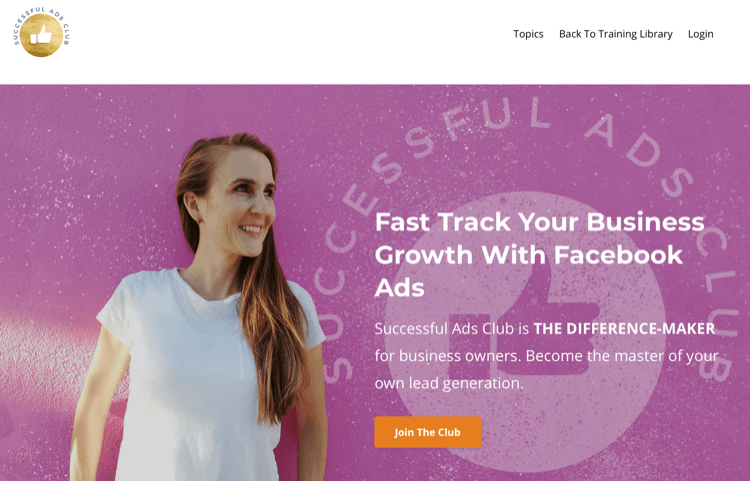
Why Should Marketers Use Facebook Ads?
First, Facebook is where your clients and customers live. It's where they consume a lot of their daily internet content and where they're connecting with people. Facebook now has 2.5 billion monthly active users and 1.5 billion daily active users. If you think that your customers and clients aren't on Facebook, you're wrong. They're there, they're scrolling, they're consuming content—and if you're not in front of them, your competitors are.
Get World-Class Marketing Training — All Year Long!
Are you facing doubt, uncertainty, or overwhelm? The Social Media Marketing Society can help.
Each month, you’ll receive training from trusted marketing experts, covering everything from AI to organic social marketing. When you join, you’ll also get immediate access to:
- A library of 100+ marketing trainings
- A community of like-minded marketers
- Monthly online community meetups
- Relevant news and trends updates
Second, Facebook is also the best bargain. Dollar for dollar, if you're going to invest in paid ads on any of the social media platforms, Facebook and Instagram are the best bargains to start with.
Tara worked with an online business in the digital space whose budget was $10 a day or approximately $300 a month. This system typically resulted in eight or nine leads per day. That doesn't sound like a ton when you're just looking at it daily but that business owner was shocked to see that over the course of a year, her mailing list had gone from zero to 3,000 people, all from a system that required just a few minutes per month to maintain.
Tara also worked with a local medical spa that spent about $40 a day on ads. This medical spa was generating two to four leads per day for appointment requests for injectables (Botox and Juvederm) and the CoolSculpting service, which was a higher-ticket package.
A lot of companies in the wellness space, especially local businesses, have summertime slumps. This medical spa would just pop their budget up to $100 a day during those slumps and start getting more appointment requests. During their busy season, when they were at 80% capacity and just wanted to fill their books the rest of the way, they'd bring it back down to $40 a day.
Two to four leads per day may not sound like a lot but it overwhelmed this spa's capacity so much that they had to hire two additional employees, one to come in and take these consultations and another just to handle the appointment requests.
Finally, your competition is already there. If you're not figuring it out, somebody else is. They're getting in front of your customers and clients. So you can actually lose relevance with your audience if you're not playing the game and getting yourself out there in the same way.
For Successful Facebook Ads: Test, Don't Guess
Testing gives you control of the experience. It allows you to ensure that you have a strategy that will work for your business and that you're getting the right conversions at the right time and price. It also saves you time and money down the road because you know what's actually going to work and why.
If you don't have a solid strategy, you just start tossing stuff out there and seeing what sticks. Testing is critical to avoid that “throwing spaghetti at the wall” feeling.
This creates anxiety—you're nervous because you don't know what's working, or maybe you know your numbers well enough to realize it's not working, or you're wondering if your numbers are normal. All of a sudden, you just start putting new concepts out there, testing new audiences, and this unfocused approach leads to a lack of confidence in what you're doing and your ability to produce conversion.
Many times, people also get this “spaghetti at the wall” feeling because they just don't know what their numbers should be. They don't know if a $5 conversion is good or if a $50 conversion is good. Spoiler alert: They can both be good, depending on your business model and your industry. Something can be at a reasonable cost or it can be expensive. You've got to know the numbers for your industry.
If you go into your ads with a testing strategy—no matter your industry—it will resolve at least 80% of your problems. The other 20% are probably just making sure you have the right strategies specific to your niche or industry in terms of what you're advertising, such as your offer.
Before You Test
The first step is to make sure you have a really good overall strategy and that you're sending people to the right offer.
Ads will do wonders for almost any business. But if you're sending people to the wrong type of offer—if your landing page is offering something that people aren't interested in, or it piques their interest a little but they're not fully convinced, or if you're not building enough trust and rapport—then you're going to run into problems. The only way to know if your offer is any good is to test it.
People also get stuck thinking they need to have the most unique offer but you don't need to reinvent the wheel. If you're a local restaurant and you offer a dollar off any taco for Taco Tuesday, that will probably do it. You don't need to be unique; you just need to have an offer that resonates with the audience.
Search Google for offers in a different market or your own market for inspiration and to see what other businesses are running. Whatever it is, you'll start to see it doesn't need to be crazy. It can be as simple as a dollar or a percentage off or a free call or consultation.
Tara's Testing Protocol
Tara's testing protocol can save you thousands of dollars on your ads. This protocol involves testing your copy, imagery, and headlines. As a bonus, Tara has also included tips for testing your call to action, although that part is optional.
Copy
Copy length can make all the difference in your cost per result. Test short, medium, and long copy.
Let's do a quick visual of the anatomy of an ad. You've got the image and then the copy below is the headline. On Instagram, there's no headline; it just has the little “learn more” that you click. So the copy is above the ad on Facebook, below the ad on Instagram, and then the headline is right under the image on Facebook.
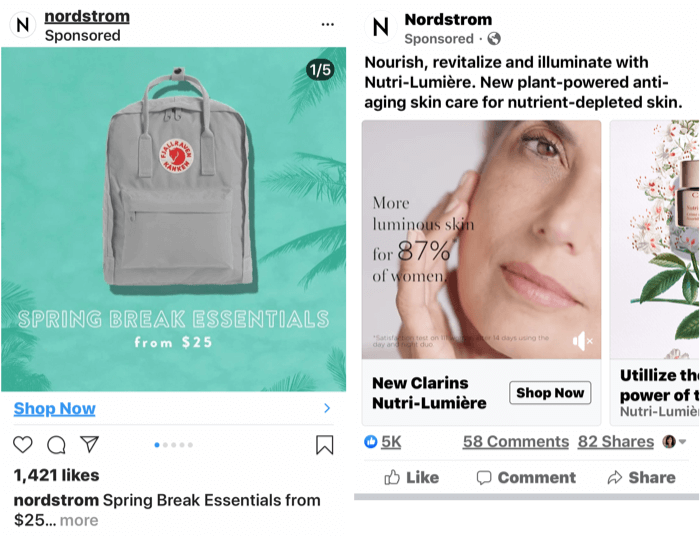
Short copy—just a couple of sentences—can be intimidating sometimes because you don't have much space. But if you just nail those one or two sentences before the “see more” and pack them full of benefits, it can really take off.
Many of us have seen Ritual vitamin ads pop up in our news feeds. Tara sees them all the time on Instagram. Ritual had an ad recently that put Tara over the edge, sent her to their website, and resulted in her purchasing the product.
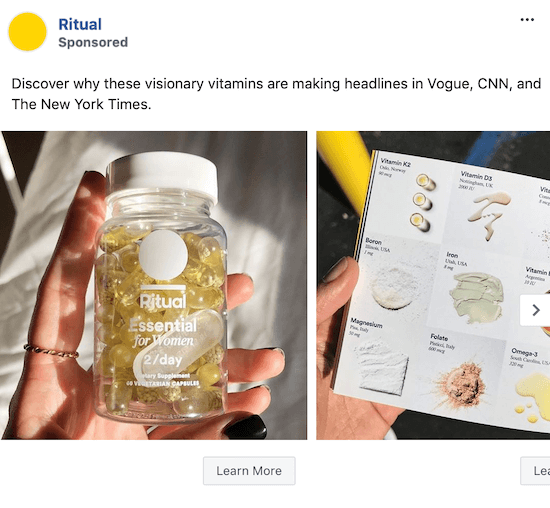
The ad said, “Meet the visionary vitamin making headlines in the New York Times, CNN and Vogue for its clean label transparency and glow-worthy results. Made for women, by women.” Just two sentences.
This ad used social proof from the major publications. They also talked about a value proposition that many people care about, which is natural ingredients. The last thing they said is that the results are “glow-worthy”—a desired outcome for many women.
So many advertisers have these credibility markers in their portfolios, press mentions, and that sort of thing. You don't even have to put what they said in your ad; just mentioning that you were featured in The New York Times, CNN, and Vogue automatically builds trust and credibility.
Another great example of short copy is an ad Tara created that has resulted in hundreds of thousands of dollars of business. It says, “Join our upcoming free workshop, create Facebook ads that actually work and fix the ones that don't, and learn the three most important things, no exceptions here, in order to have tremendous success with simple ads. Register now.” It's only two sentences and it's benefit-packed. It tells people exactly what they're going to get.
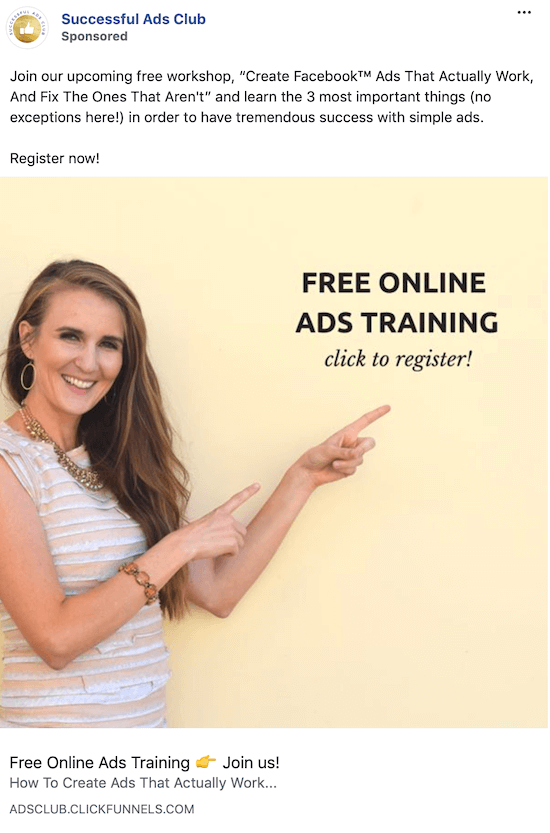
Copy consisting of a couple of short paragraphs is considered medium-length. With medium-length copy, you can elaborate. Explain a little bit more about the offer or put in a testimonial. It can simply be your short copy layered with a testimonial or with a couple more bullet points listing what people might expect once they get to your landing page and accept the offer. You're essentially removing that copy from the short version and just expanding it into the medium version so that's a really solid test to run.

Discover Proven Marketing Strategies and Tips
Want to go even deeper with your marketing? Check out the Social Media Marketing Podcast! Publishing weekly since 2012, the Social Media Marketing Podcast helps you navigate the constantly changing marketing jungle, with expert interviews from marketing pros.
But don’t let the name fool you. This show is about a lot more than just social media marketing. With over 600 episodes and millions of downloads each year, this show has been a trusted source for marketers for well over a decade.
Generally, copy more than three paragraphs is considered long. One of Tara's former clients was a coach and she had a very poetic, philosophical way of writing. Tara always tested short, medium and long copy, as well as different angles, but very long copy is always what converted well for this particular coach. People loved her writing style, and if they knew her or if she was going to be their coach, they really wanted all that deep philosophy she was getting into. Tara would link that coach's blog post to an ad that had about 1,000 words and it would always do incredibly well.
Tara typically tests one variation each of short, medium, and long copy. If you want to do multiple variations, prepare to spend a little bit more in your testing budget. If your testing budget is smaller, one variation of each is perfect. If you have a little bit more to play with and you want to test different angles, the more the merrier.
Another super-cool little ninja hack is that if your ad closely resembles your landing page, you're probably going to see a nice lift in the conversion rate on your landing page. It only makes sense—we don't want to read an ad, get to a landing page, and then have to mentally process the entire thing all over again because it seems so different from the ad. At least match the tone. Sometimes you can just pull the copy straight from the landing page and do short, medium, and long versions of it.
Molly Pittman recently talked on SMMP about the different angles, the emotional and the logical aspects, and how you can incorporate that into your ads so that episode is a really great resource for angles to explore and play with in your copy.
Images
If you have an image on your landing page, that's a great first image to run. The image on your landing page can generally create that seamless experience. That doesn't mean it's the image that's going to win out but it's a good first image to try.
Test three to five different images, including videos and GIFs. Start with a couple of raw images and a couple of designed images. By raw we mean the straight-up image: no design on it, no logos, no text, just the image itself. Start with those two categories, designed and undesigned imagery, and then within those you can also test some stock photography if it's appropriate.
In the ad creation tool at the ad level, Facebook has a massive stock photography catalog you can access. Here's a little tip because this always trips people up: When you choose a photo from Facebook's stock photography collection, it will have the watermark on it in the preview. The second you publish your ad, Facebook pays the royalty and then you can use the image without the watermark.
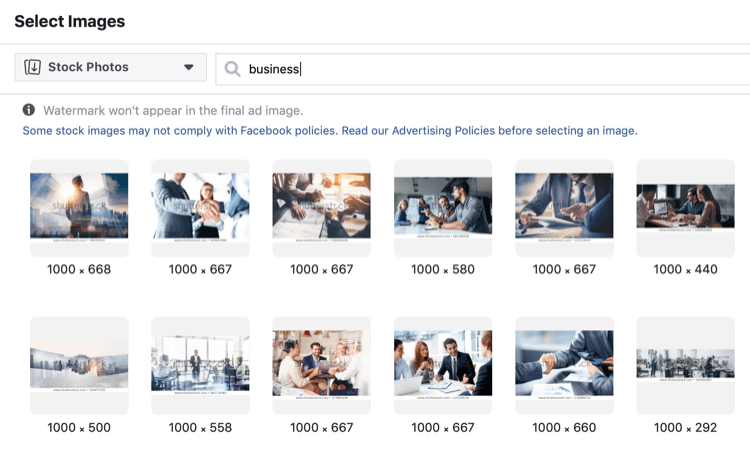
Just know that in the draft, it will show the watermark. Then once you publish it, the watermark is gone. You're not going to be able to download and alter those images and use them for other things. If you wanted to do some design work on it, then you would go to whatever stock website you like, download an image (free or paid), and do your own stuff in a program like Canva.
Tara likes to test three to five images each so she'll do three to five ad sets. Then within those ad sets, each ad set has its own ad, and then she'll just test image one, image two, image three, and so on. She'll also try a few with stock photography if she feels it's appropriate for the account.
She'd test that against images of whatever was relevant to the business. For a local business, shots of the actual storefront or facility; for a product, obviously, the products; for a personal brand, images of the person. A lot of people are uncomfortable with using pictures of themselves in an ad but they almost always outperform anything else.
Group photos tend to work really well, as do photos of people with animals. Photos of groups of people with props do well, too—Tara recently had a great photo of her and two of her team members blowing bubblegum bubbles with sunglasses on that did really well. It looked just like an organic Facebook post, which is a critical element.
Facebook really wants ads that feel native to the platform. The more organic you make your ads feel, the better your performance will be.
GIFs automatically play in ads. Create your own GIFs if you're going to use them in your ads or at least make sure you've got the rights to use them. If you have a short video, you can upload it to GIPHY and turn it into a GIF file or just use it as a video file. Instagram Stories and Boomerang also make it easy to create GIFs right on your phone.
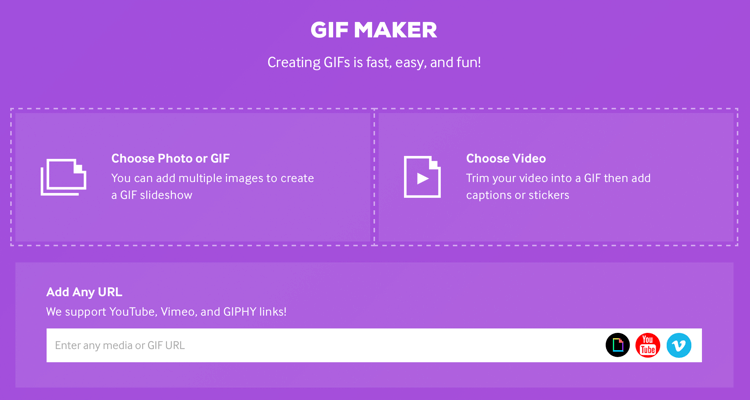
Headlines
This is the text on Facebook below the image but it doesn't show up at all on Instagram. One really simple option is just to use the offer title. This may sound boring but it's really effective.
Simply say, “20% off your first purchase” or “20% off your first purchase with code XYZ.” “Our Labor Day sale starts now.” “Free shipping expires XYZ date.” “Get your free quote,” or make it even easier, “Get your free quote in 10 minutes.” “Get a free anti-aging neck treatment with your first facial.” Whatever is on that landing page as the offer can then be the headline. A benefits-driven headline can also be effective.
The character limit on the headline depends on whether you have a call-to-action button and it's also going to depend on mobile. Truncate your text based on what you're seeing in your mobile preview.
Bonus: Call to Action
Tara's recent data points to not using a call-to-action button, but that fluctuates. When you're working with images, you can select “No Button” as one of the calls to action. Test it and see what works best for you. If you have a GIF or a video, then “Sign Up” or “Buy Now” usually works best. “Learn more” can also be effective. But if you're just using images, try the “No Button” and just include your call to action in the copy.
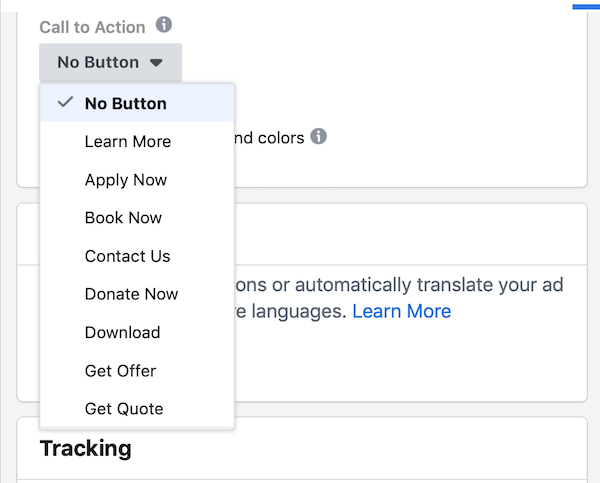
Tara likes to test elements from hardest to easiest. For her, nailing the copy is the hardest and the imagery always tends to be a little bit easier. The headlines are super-simple for her. But whatever is hardest to easiest for you is the best order in which to test.
Tara lets each test run through 1,000 in reach or a minimum of at least a few conversions. If she's working with a big budget, she's going to spend a lot more time letting it run. But if she's got a tiny budget or she's advising somebody with a tiny budget, she'll test until she has a minimum 1,000 in reach or at least three to five conversions per ad set and ad.
Metrics to Test
There are three key metrics to look at to know if your campaign will succeed.
Click-Through Rate on the Link
CTR Link means somebody saw your ad and clicked over to your landing page, which is different from CTR All. You want to see a CTR Link above 1%. Push it as high as you can get it, of course, but between 1% and 2% is achievable. It takes a lot to get it from 1% to 2% but you'll start to see major cost savings once you get it up that high.
CPM
This is cost per mille; mille means 1,000 so this is the cost per 1,000 impressions. That's how Facebook charges you—they're going to charge your credit card whether or not you had any conversions as long as you have impressions.
Tara likes to see a CPM of less than $42. Many will have it much lower than that but when it starts to surpass $42, it indicates that Facebook doesn't like something in your ads or on your landing page. They may be allowing those ads to run but there's something in them that they don't like. It may be a word, phrase, or concept that doesn't quite go against the standards and policies but is a little iffy—and that's making your ads more expensive.
Landing Page Conversion Rate
You need to know what this should be for your offer type and your industry. Tara says that if you're collecting emails, that landing page conversion rate should be at a minimum of 30%. If you're selling something, that conversion rate is going to be much lower: 1% to 3% is pretty good and 3% to 5% is really good. Tara has seen eCommerce go as high as a 10% landing page conversion rate. With enough testing, it's possible to get up there.
If you're doing consultations or free quotes or something like that, that range is typically around 1% to 10%, too. So it depends exactly on what it is you're offering, what kind of business, and what kind of quote.
The OAR Process
Tara suggests doing monthly maintenance using what she calls the OAR process: Optimize, Analyze, and Refresh. Depending on your budget, it can take you just 15 minutes a month.
Look at the whole month and then a 7-day window and you can start to see how your ads are doing. If they're still doing great, let them keep going. If you start to see that they're getting a little more expensive at that 7-day window, the 3-day window, yesterday, and today. If you see that your ad costs are starting to rise, you've got to go through the testing protocol again.
Get familiar and comfortable with this testing protocol because you're going to do it periodically. If you've got a really small budget, you're going to do it less frequently. If you're spending $10 a day, you might only be going through the testing protocol two to four times a year. If you've got a bigger budget of thousands of dollars per month, you're probably going to be doing this every month. This will save you thousands of dollars and so many headaches.
Key Takeaways From This Episode:
- Find out more about Tara on her website.
- Follow Tara on Instagram.
- Download Your Perfect Ad Kit.
- Check out GIPHY and Boomerang for iOS and Android.
- Sign up for the Social Media Marketing Society.
- Watch exclusive content and original videos from Social Media Examiner on YouTube.
- Watch our weekly Social Media Marketing Talk Show on Fridays at 10 AM Pacific on Crowdcast.
Help Us Spread the Word! Please let your Twitter followers know about this podcast. Simply click here now to post a tweet.
If you enjoyed this episode of the Social Media Marketing podcast, please head over to iTunes, leave a rating, write a review, and subscribe. And if you listen on Stitcher, please click here to rate and review this show.
What do you think? What are your thoughts on creating Facebook ads that work for all budgets? Please share your comments below.
Attention Agency Owners, Brand Marketers, and Consultants

Introducing the Marketing Agency Show–our newest podcast designed to explore the struggles of agency marketers.
Join show host and agency owner, Brooke Sellas, as she interviews agency marketers and digs deep into their biggest challenges. Explore topics like navigating rough economic times, leveraging AI, service diversification, client acquisition, and much more.
Just pull up your favorite podcast app, search for Marketing Agency Show and start listening. Or click the button below for more information.

